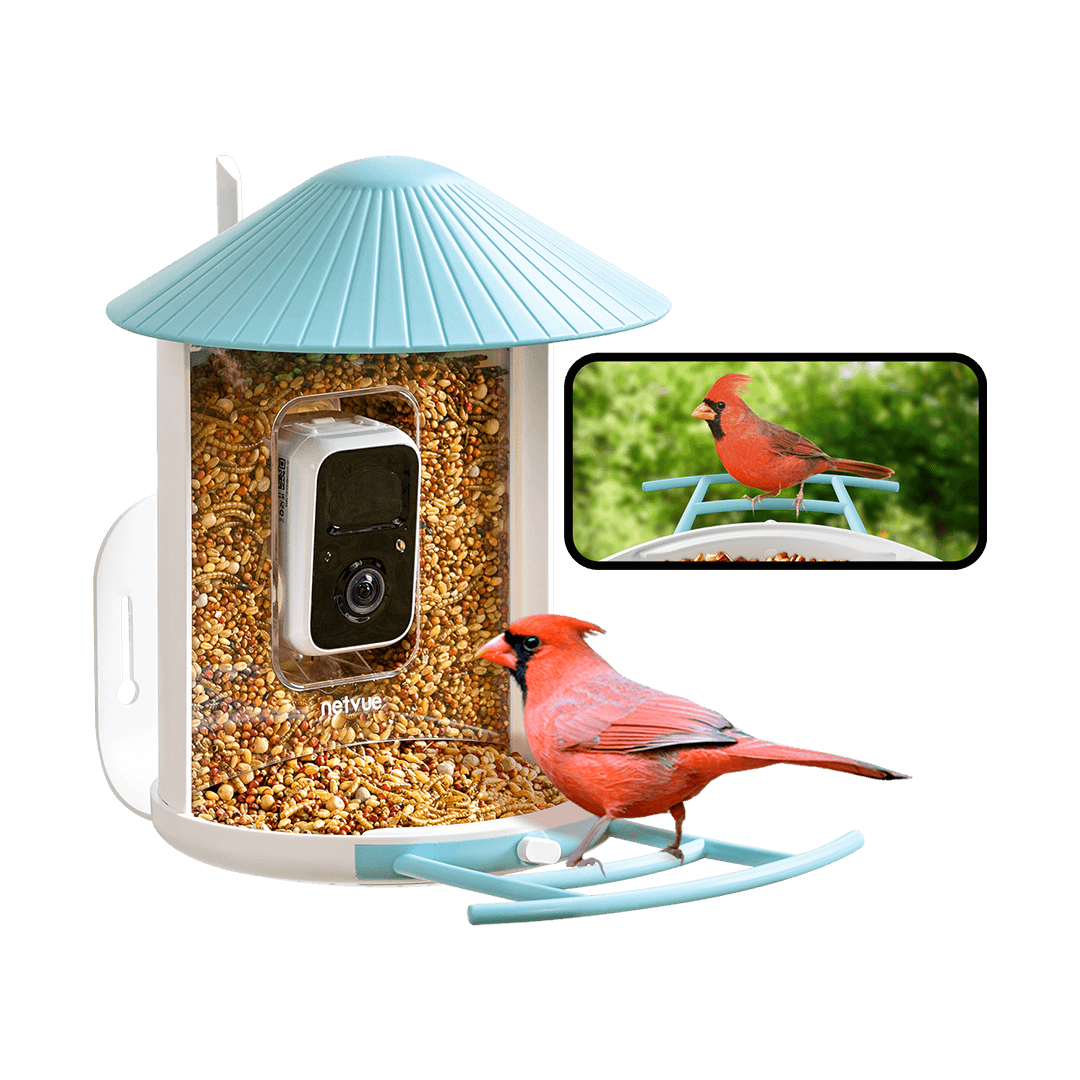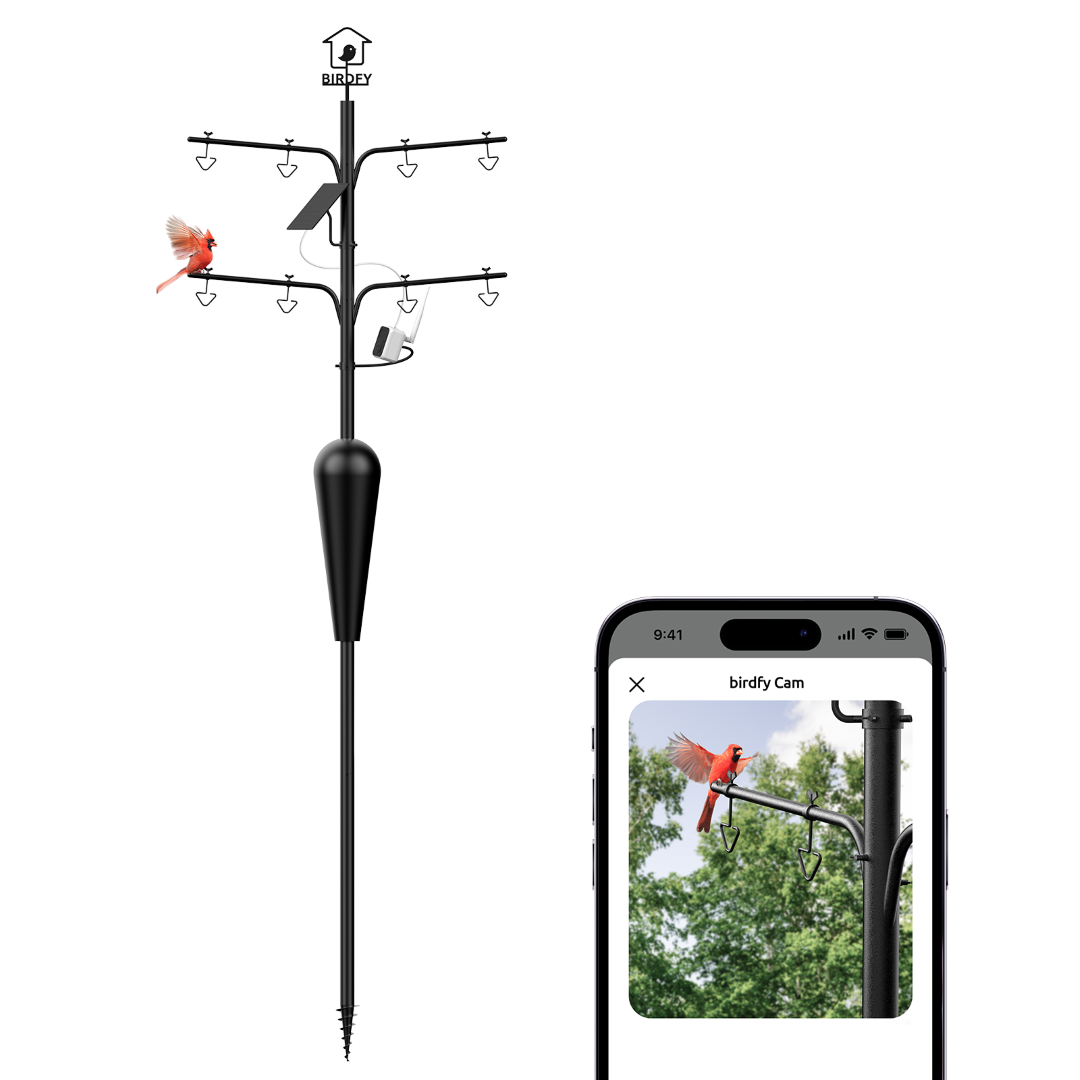Birds in Texas
Texas is known for its vast geographic and ecological diversity, which has contributed to the area's rich and diverse bird communities. While Texas is home to many birds that can be found in other areas, it is also filled with many unique birds that play an important role in the ecosystem and have distinctive characteristics.
Texas Grasshopper Sparrow

The Texas grasshopper sparrow is a small songbird in its family. It is found primarily in and around Texas and usually inhabits prairies, grasslands, and open brushy areas. These habitats provide ample food sources and nesting sites. This kind of bird has mostly brown and gray feathers with black streaks, which helps it blend in with its environment. Its diet consists mainly of insects, especially grasshoppers, and beetles, but it also eats some plant seeds. This bird usually nests on the ground and is a resident bird, but sometimes migrates to warmer areas.
Black-capped Vireo

The Black-capped Vireo is a small songbird mainly distributed in parts of Texas and northern Mexico. This bird is easily recognized by a black "hat" on its head that contrasts with the white around its eyes and the gray-green feathers on its body. Males and females have similar body coloration, but the male's black cap is usually more intense. The black-capped vireo's song is characterized by a series of varied notes and trills and is often heard during the breeding season. Its diet consists primarily of insects such as caterpillars, beetles, and spiders. The bird builds cup-shaped nests, usually 3 to 6 feet high, in low shrubs or small trees. It is a migratory species, spending the brewing season in parts of Texas and Oklahoma before migrating to Mexico for the winter.
Golden-cheeked Warbler

The golden-cheeked warbler is a small songbird endemic to Texas. It primarily inhabits mature oak-juniper woodlands in Central Texas, relying on these specific habitats for nesting and breeding. It is named for its bright yellow cheeks, which stand out among the black and white feathers. The Golden-cheeked Warbler has a distinctive appearance, with its upper body mainly black and lower body white, and a black and white pattern on its wings. Male and female golden-cheeked warblers have similar body colors, but males are usually more vibrant. This warbler's diet consists mostly of insects such as caterpillars and beetles, which they gather from trees and leaves.
Green Jay

The green jay is a vibrant bird with striking feathers, a bright green back, wings, and tail, and a black head with contrasting blue and yellow highlights on the wings and head. This colorful bird is highly social, often traveling in small flocks or families, and is known for its intelligence and quick wit. Green jays inhabit dense forests, woodland edges, and even suburban areas where food sources are abundant. Their diet includes a variety of insects, fruits, seeds, and small vertebrates. They are also noted for their adaptability, quickly learning to find food in new environments. Green jays are a resident species in Texas and can be seen year-round, frequenting bird feeders or foraging in the brush. Their bright colors and curious behavior make them a favorite among birdwatchers and nature lovers.
Scissor-tailed Flycatcher

The Scissor-tailed Flycatcher is a notable bird species known for its extraordinarily long, split tail, which is almost twice the length of its body. This distinctive tail, combined with its graceful acrobatic flight, has made it a striking figure in its native habitat in the south-central United States, especially in Texas and Oklahoma. The Scissor-tailed Flycatcher has a light gray body with a rosy-pink belly, black markings on the wings, and a gray tail with black edging that spreads and flutters in flight. This bird is commonly found in open grasslands, savannahs, and farmlands, often perched on power lines and tree branches. They are skilled aerialists, good at catching flying insects such as dragonflies and grasshoppers. Their graceful flight and long tails make them a favorite of birdwatchers and photographers.
Eastern Screech Owl

The Eastern Screech Owl is a small, adaptable owl. It stands 6 to 10 inches tall, has a pair of tufted ears, feathers ranging from gray to reddish-brown, and stripes and markings on its body that create excellent camouflage on tree bark. This owl inhabits a variety of habitats in Texas, from forests and woodlands to suburban gardens and city parks, where it nests in tree cavities, abandoned woodpecker holes, or artificial nests. As a night hunter, the Eastern Screech Owl utilizes acute hearing and excellent night vision to capture prey such as small mammals, birds, insects, and other invertebrates. Its adaptability and varied diet allow it to integrate into rural and urban environments in Texas, helping to maintain ecological balance by controlling rodent and insect populations.
Gray Hawk

The gray hawk is a medium-sized raptor commonly found in the southwestern United States, including parts of southern Texas, and extending into Mexico and Central America. It has unique gray feathers with fine stripes on the breast and lower body, and a dark gray back and wings. The tail has black and white stripes, creating a sharp visual contrast. Gray hawks typically inhabit areas interspersed with forests and open fields, such as riparian zones, where they can prey on small mammals, birds, reptiles, and insects. They often perch on tree branches or utility poles, scanning their surroundings for prey, and are known for their fast and agile flight when pursuing a target. Their call is a high-pitched, loud whistle that can often be heard from their favorite habitats.
These birds are an important part of the Texas ecosystem, showcasing the region's abundant biodiversity and exceptional natural landscapes.
These birds are an important part of the Texas ecosystem, showcasing the region's abundant biodiversity and exceptional natural landscapes.






